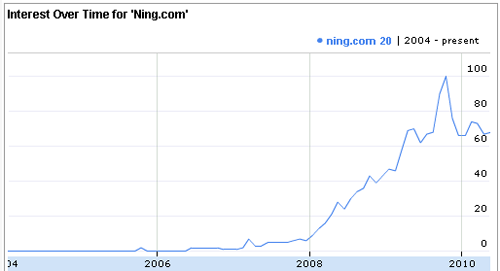
13 Nov Fellow Employers: Our Female Employees are Not Ok; We Can Help
Perhaps someday the challenges facing women in a COVID-impacted workplace will be no different than those facing men. But today that’s just not the case. While 10% of people experienced joblessness of at least one week because of caretaking, that number jumps to 61% for women with children under age 6. Regardless of advances made in many areas of our society, women are still more commonly caregivers than men.

As an employer, it would be convenient to ignore these facts. It would be easier to say, “I only care about what happens within the walls of the company,” or, “Your personal life is not my problem.” If that were ever true, it certainly is not today.
Employers need to make reasonable accommodations to ensure they are supporting their female employees. If altruism isn’t enough of a reason, these accommodations may also help employers retain this talent and save money along the way.
Your Female Employees are Thinking of Quitting
Because burdens at home are not equally distributed between the genders, 7% of the female workforce is thinking of leaving while 17% are looking to reduce their hours, 16% are thinking of switching jobs, 15% are looking for a leave of absence and 8% are considering going part-time.
Ignite Social Media is 88% female, which is certainly on the high side, but isn’t unheard of in certain marketing services sectors. For us then, the potential business impact, and brain drain, is dramatic. The only product we have is the time, talent, and diverse perspectives of our team.
Your Female Employees are More Tired than Your Male Employees
The chart above is pretty powerful. We’d like to think we’re all equal, but clearly the burdens of work inside and outside of the home are not being felt equally.
We’re a small business. That means we don’t have resources to provide significant financial support until this all blows over. But we’re also a marketing business that has some flexibility as to exactly when and where a particular task can be done. We can’t do whatever we want: meetings with clients and prospects have to happen during normal hours.
This is particularly challenging for a social media agency that provides services like Ignite Social Media. It’s hard to shut off and comments coming in our clients’ social media channels need to be addressed in a timely manner. Even within these confines, there is still flexibility, as long as management looks for it and encourages it implicitly and explicitly.
What Can Be Done?
Step 1 is acknowledging the issue. I’ve never seen someone solve a problem they didn’t admit to having.
Step 2 is to seek feedback from your team. Ask them what they need. My youngest is a senior in high school, so it’s hard for me to imagine what someone with children in daycare or elementary school really needs these days. Many of our ideas came from the staff themselves.
After those two things, we were ready to implement many things to try to support our workers. While all of these are available to everyone on our team, some are also specifically designed (at least in part) to help offset fatigue caused by caretaking duties at home.
- Flexibility: As “work hours” and “personal hours” have blended beyond recognition in 2020, we also care less about when someone does their work. We’re not perfect here. We still have too many meetings, but we are emphasizing flexibility as much as possible.
- Dependent care support payments: We’ve given extra stipends to help offset the cost of care at home for virtual learners or children whose daycares have closed. Impossible to ask someone to work and watch their young child at the same time.
- Friday afternoons off: We sell time, so we take time off as a real financial investment. Despite this, we’ve given the entire team Friday afternoons off for more than ½ a year. And we’re paying contractors to infill on key roles during those times.
- “Pick A Perk”: A plan that lets people submit for a particular budget to cover things like:
- Meals: Meal-kit services (like HelloFresh), Instacart fees, prepared meal delivery (like DoorDash).
- Household Services: Laundry services, house cleaning services, TaskRabbit, or virtual assistant services.
- Family Fun: Video subscriptions, audio or reading subscriptions, online gaming subscriptions, or iPad/Kindle/Echo reimbursement.
- Self-Care: Meditation app subscriptions; self-improvement/virtual classes. (Mental health services are already covered under our health plan.)
- Pet Care: Pet walking or pet training services.
- Home office setup stipends: As we moved home, we first raided the offices for chairs, desks, monitors and anything else we could find. Then we spent more to make sure people were able to work comfortably. A second (or third monitor) has a positive ROI very quickly, as does a decent chair.
- Time Off: We already had “unlimited” vacation and “unlimited” sick leave, but when there’s nowhere to go in a pandemic, we had to actively encourage people to take some time off to recharge.
Like you, the management team at Ignite Social Media is making it up as we go along, but we’re guided by input from our staff. Only they know what they need to manage during this time. Our role is to support that as best we can. Your solutions may be different from ours, but if you recognize the problem and make time to get insights from your team and discuss them among your leadership, you may find they pay dividends much more quickly than you expected.








